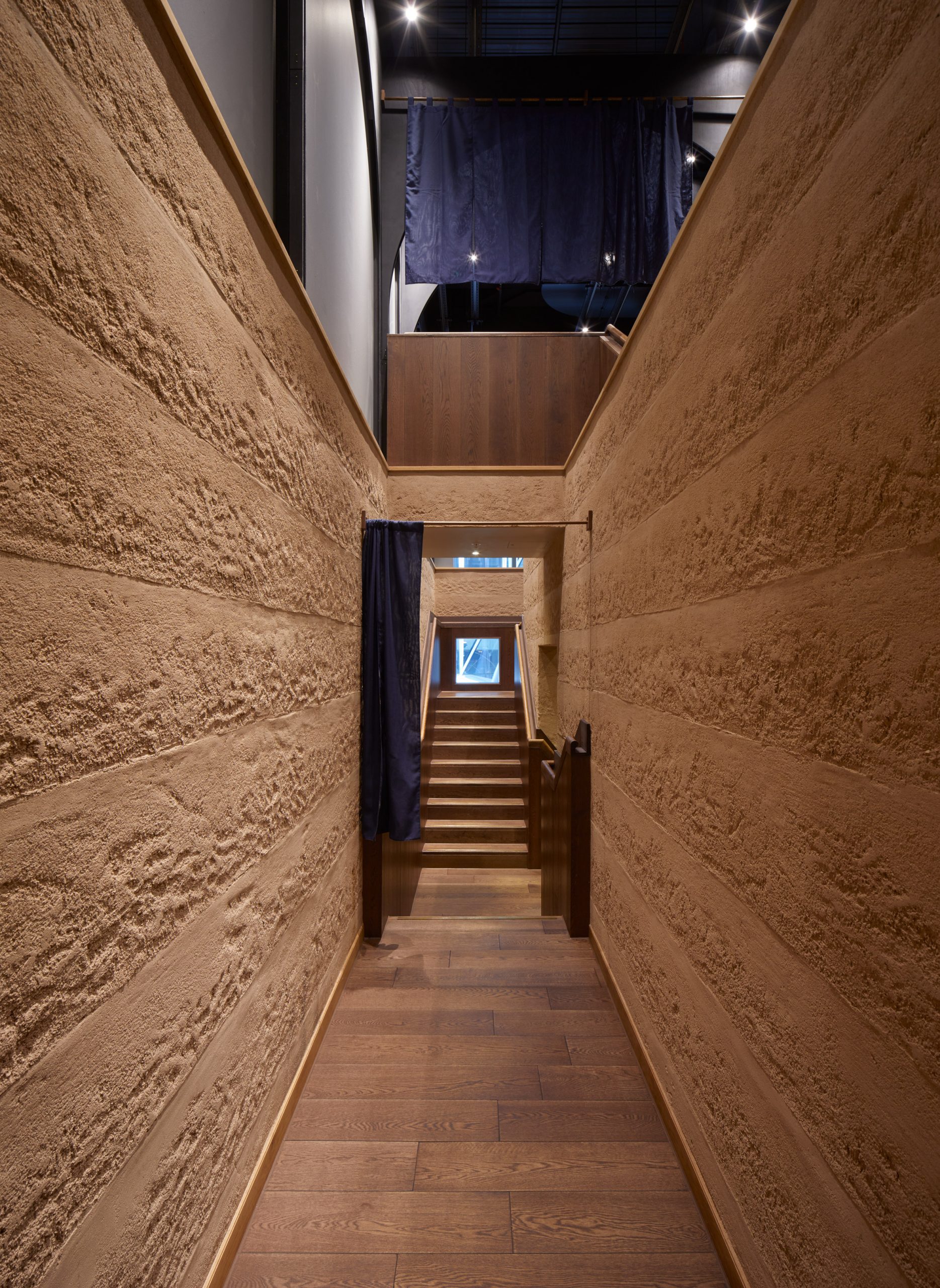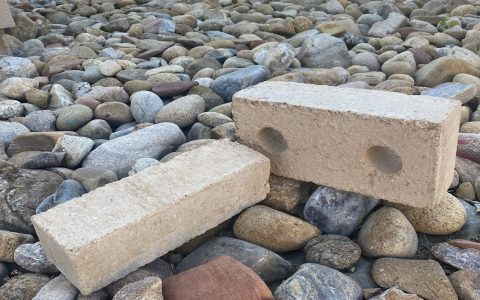Clay plaster serves as an optimal and sympathetic finishing material for rammed earth walls, harmonizing with their natural composition and enhancing both aesthetics and performance. This combination leverages the inherent benefits of both materials, particularly their ability to manage moisture and contribute to a healthy indoor environment.
Advantages of Clay Plaster on Rammed Earth Walls
- Breathability and Moisture Regulation: Clay plaster is highly vapor permeable, allowing rammed earth walls to "breathe." This facilitates the natural movement of moisture, preventing condensation buildup within the wall assembly and contributing to stable indoor humidity levels.
- Natural and Non-Toxic: Composed of unfired clay, aggregates (like sand), and sometimes natural fibers, clay plasters are free from volatile organic compounds (VOCs) and synthetic chemicals. This aligns perfectly with the sustainable and health-conscious principles of rammed earth construction.
- Aesthetic Appeal: Clay plaster offers a soft, natural aesthetic that complements the earthy texture of rammed earth. It is available in a wide range of natural earth tones and can be finished to various textures, from smooth and polished to more rustic or textured appearances.
- Enhanced Thermal Performance: While rammed earth inherently provides significant thermal mass, a layer of clay plaster can subtly augment this, contributing to more stable interior temperatures and a comfortable feel.
- Acoustic Properties: Clay plaster has sound-dampening qualities, helping to reduce reverberation and improve the acoustic comfort within spaces enclosed by rammed earth walls.
- Repairability: Minor damages, scuffs, or fine cracks in clay plaster are generally easy to repair, often by rehydrating the affected area and applying a small amount of matching plaster material.
Key Application Principles
Applying clay plaster to rammed earth requires careful consideration of the substrate and application technique:
- Surface Preparation: The rammed earth surface must be clean, stable, and free of dust, loose particles, or efflorescence. Depending on the smoothness and porosity of the rammed earth, a mechanical key (e.g., light scoring) or a natural clay-based primer/adhesion coat (slurry) might be necessary to ensure a strong bond.
- Suction Control: Rammed earth can be highly absorbent. It's crucial to manage this suction by appropriately dampening the wall surface (misting with water) immediately before plaster application. This prevents the plaster from drying too quickly, which can lead to poor adhesion and cracking.
- Appropriate Mix Design: The clay plaster mix should be compatible with the rammed earth. This includes considerations of clay content, aggregate grading, and fiber type/quantity. Test patches are advisable.
- Layered Application: Typically, clay plaster is applied in at least two coats over rammed earth: a base coat (or scratch coat) to even out irregularities and provide a good key, followed by a finish coat. Each coat must be allowed to dry sufficiently before the next is applied.
- Drying and Curing: Clay plaster dries through evaporation. Adequate, gentle airflow is necessary, but rapid drying (e.g., direct sun or strong, hot winds) should be avoided to prevent cracking.
- No Impermeable Barriers: Avoid using synthetic sealers or paints on the rammed earth surface prior to clay plaster application, as these can trap moisture and negate the breathability benefits.
Achieving Desired Finishes
The versatility of clay plaster allows for a range of aesthetic outcomes on rammed earth:

- Smooth Finishes: Achieved with fine clay plaster mixes and skilled trowel work, potentially burnished to a subtle sheen.
- Textured Finishes: Can be created using various tools (sponges, floats, brushes) or by incorporating coarser aggregates or chopped fibers into the finish coat.
- Colored Plasters: Natural earth pigments can be added directly to the plaster mix for integral, long-lasting color that complements the rammed earth tones.
Care and Maintenance
Clay-plastered rammed earth walls are durable but require specific care:
- Cleaning: Dust can be removed with a soft brush or a vacuum cleaner with a soft brush attachment. Minor marks may sometimes be gently erased with an art gum eraser or wiped with a barely damp sponge (test in an inconspicuous area first).
- Moisture Resistance: Standard clay plasters are not waterproof and should be protected from direct, prolonged water exposure. In areas prone to splashing (e.g., kitchen backsplashes, bathrooms), consider using naturally water-resistant clay plaster techniques (like Tadelakt, although this is traditionally lime-based but inspires clay adaptations) or applying a breathable natural sealer like beeswax or soap finish after the plaster is fully cured.
- Repairs: Small cracks or dents can often be repaired by carefully wetting the damaged area and applying a small amount of the original plaster mix, blending it into the surrounding surface.







